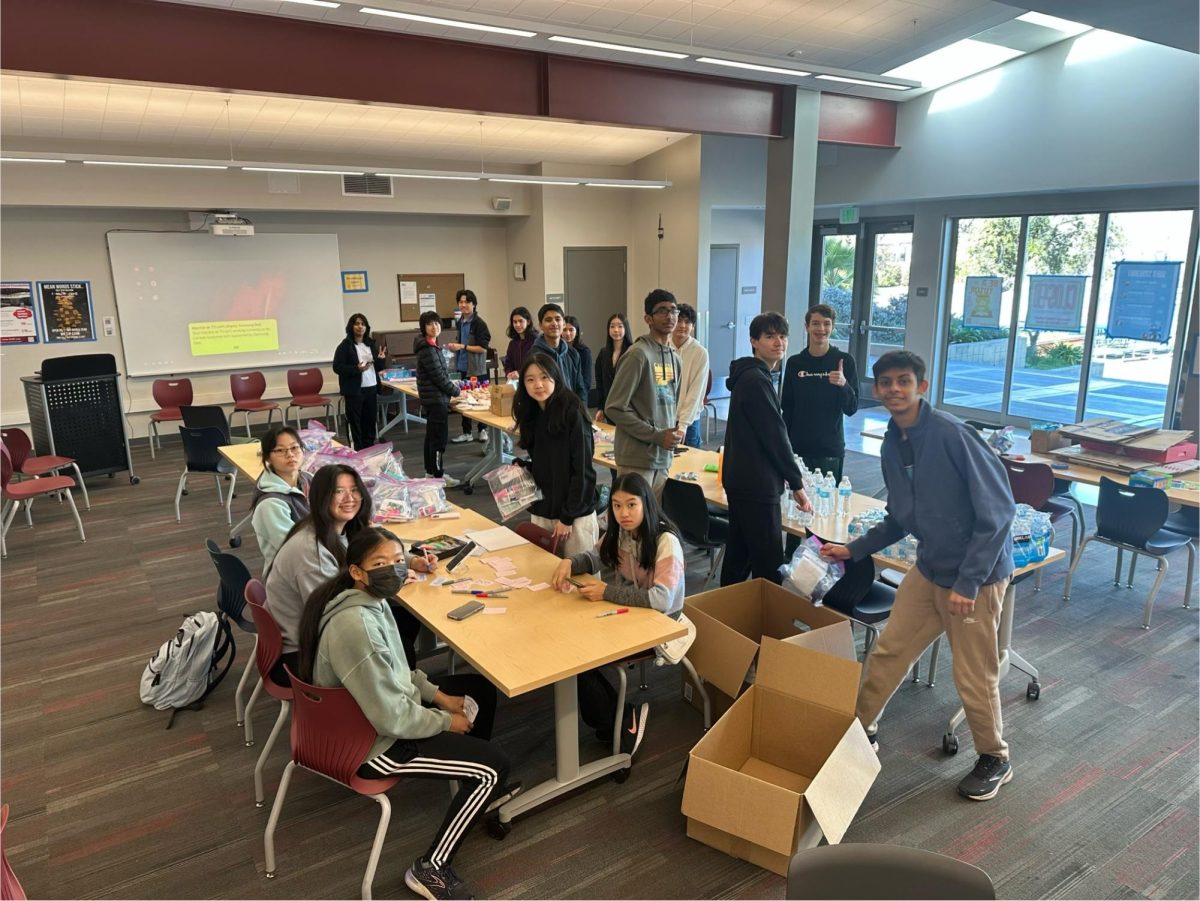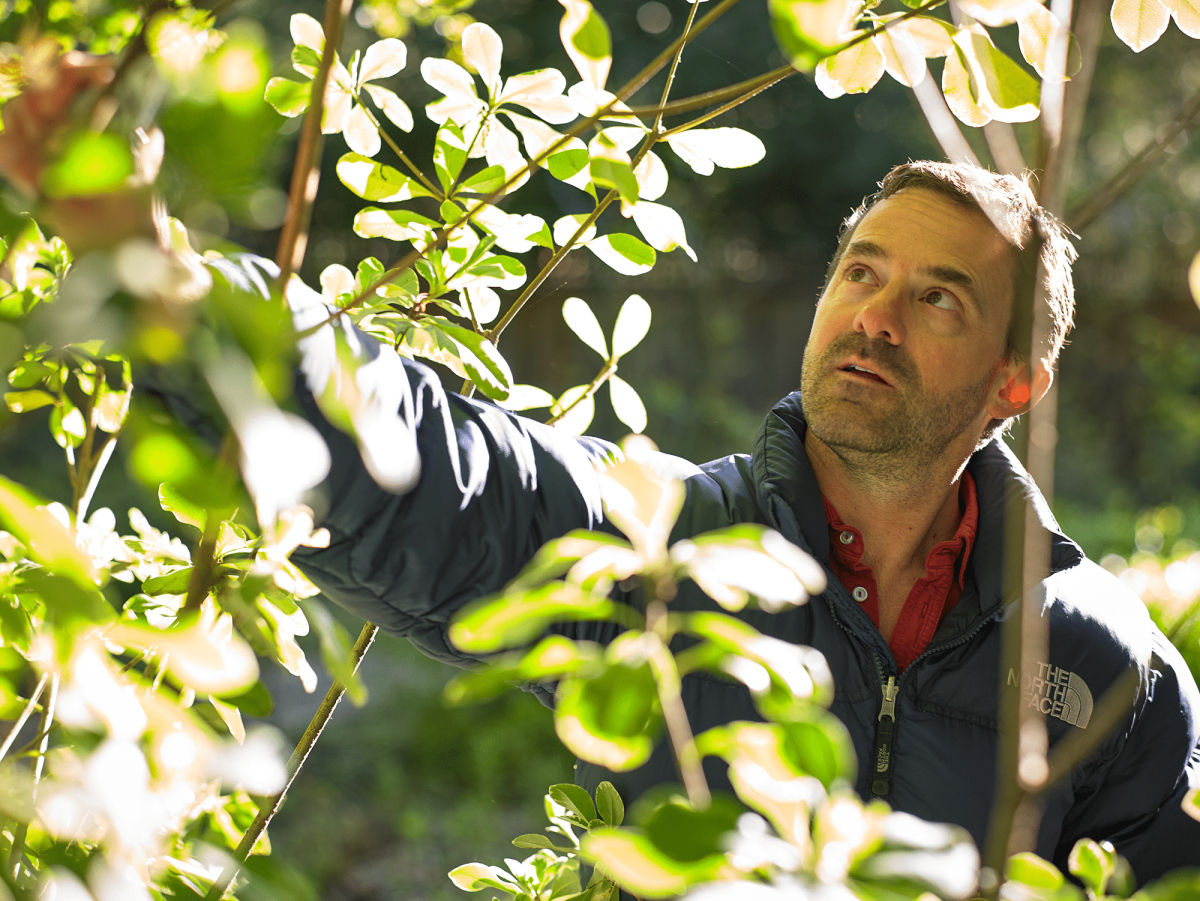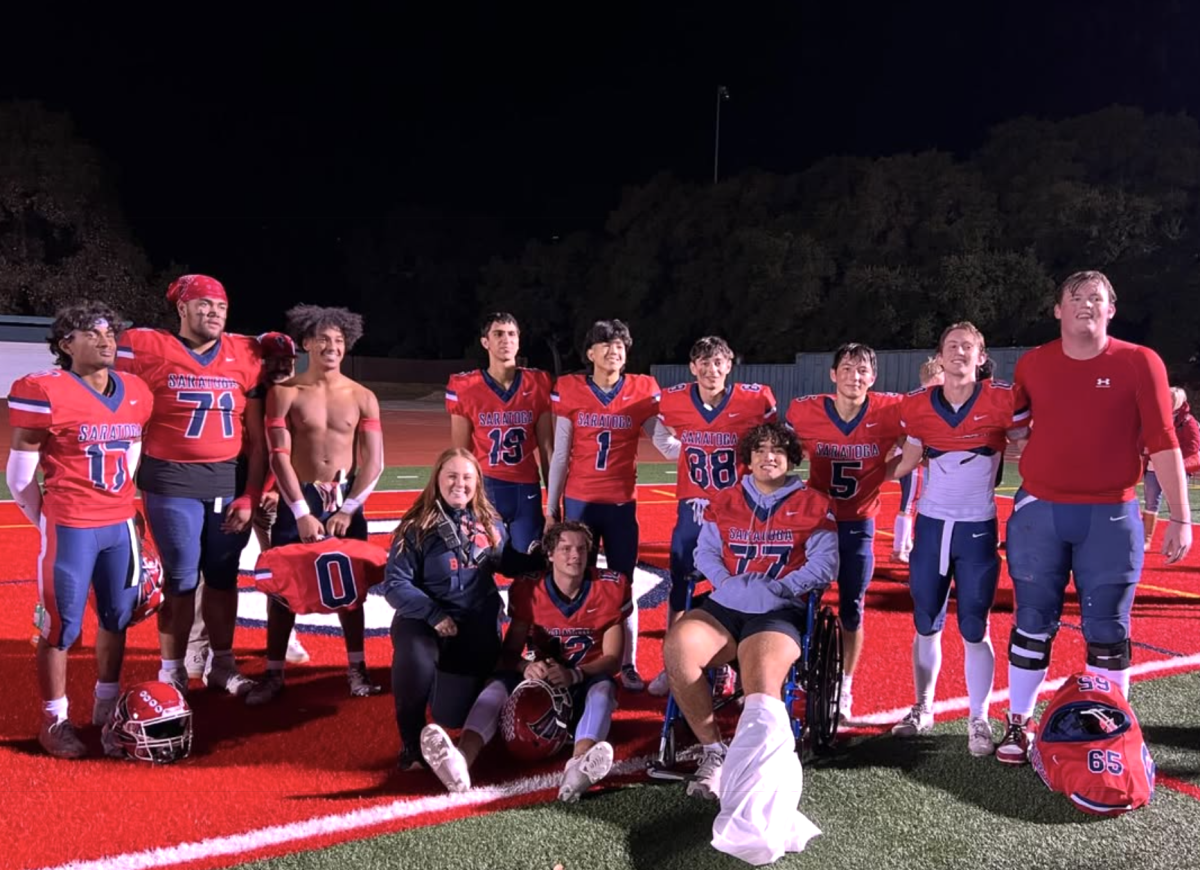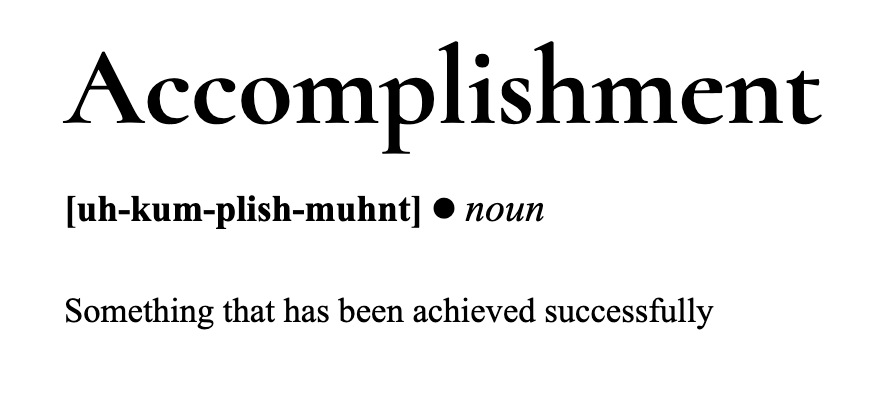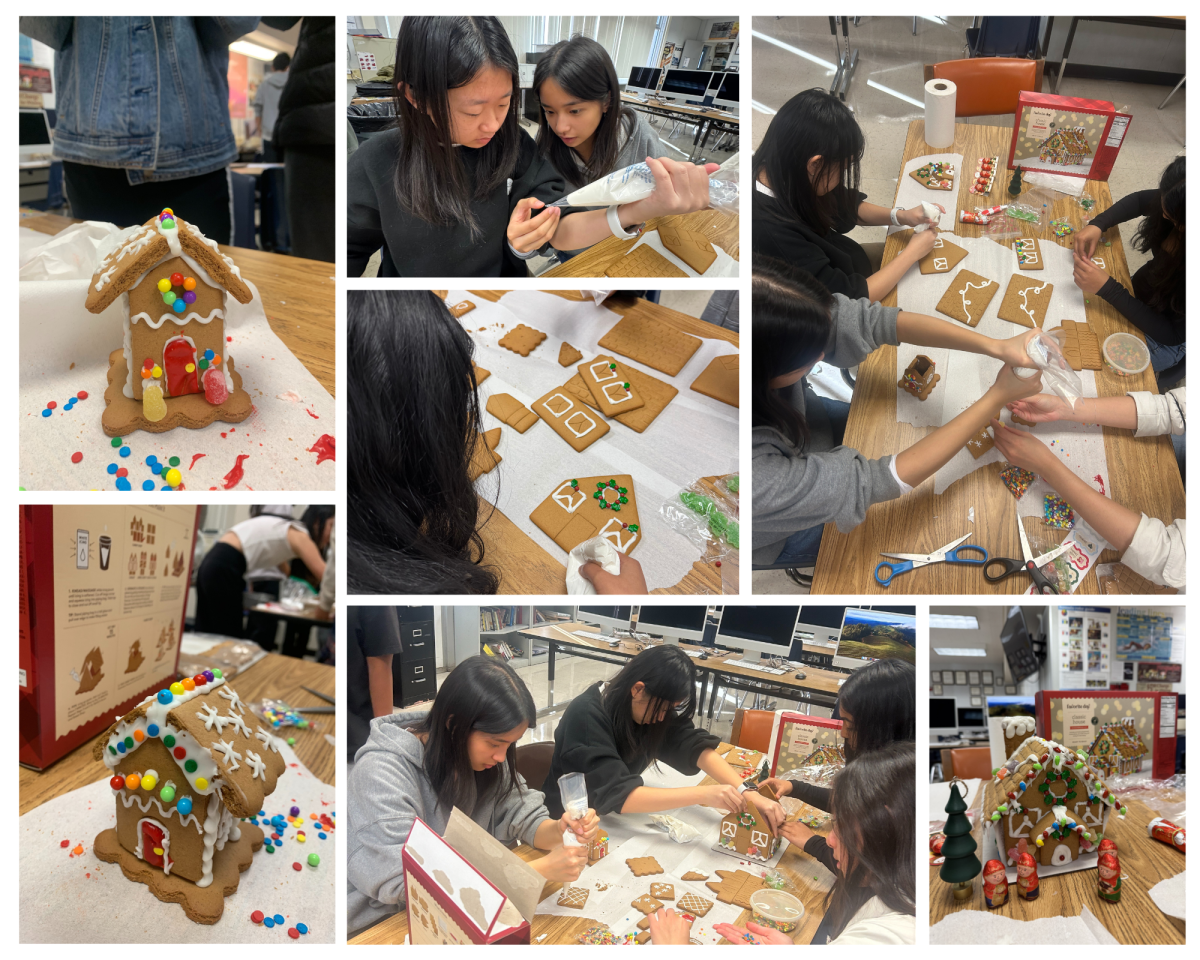Desks lay side by side, stacked on top of one another against the door with backpacks piled on top. Thirty students huddle together in a corner of the room, trying to resist the temptation to talk.
As more on-campus attacks have occurred in high schools across the nation, Code Red drills like this have become an integral part in the school’s emergency procedures. Along with fire and earthquake drills, they ensure that the students are fully prepared for the types of emergencies that are most likely to happen in the area.
“Any emergency procedure that we practice is important because the better prepared we are and the better informed the students are, the better we can act and protect ourselves if something [happens] here,” Spanish teacher Arnaldo Rodriguex said.
In recent years, the school has been strongly emphasizing Code Red drills because of the increasing number of school shootings.
Most Code Red drills have occurred during passing periods in recent years to simulate actual situations, assistants principal Kevin Mount said.
Although the school is regularly commended for excellent execution of emergency drills, some students feel that many of their peers do not take the drills seriously enough.
The biggest challenge for any school is to convince students the drill is important.
“To some people, [emergency drills] are not real,” sophomore Mason Tian said. “They treat them as a joke.”
Teachers also have trouble keeping a random group of students quiet in their classrooms for half an hour or more.
Despite these few shortcomings, administrators feel that overall students and faculty are well prepared for emergency preparations, especially since students have regularly practiced fire and earthquake drills since elementary school.
“I never feel in danger on our campus because our students and staff make safety a priority,” principal Paul Robinson said. “I hope we never have to use any of [the emergency procedures] for real, but I feel very confident that people will be safe [if we do].”


